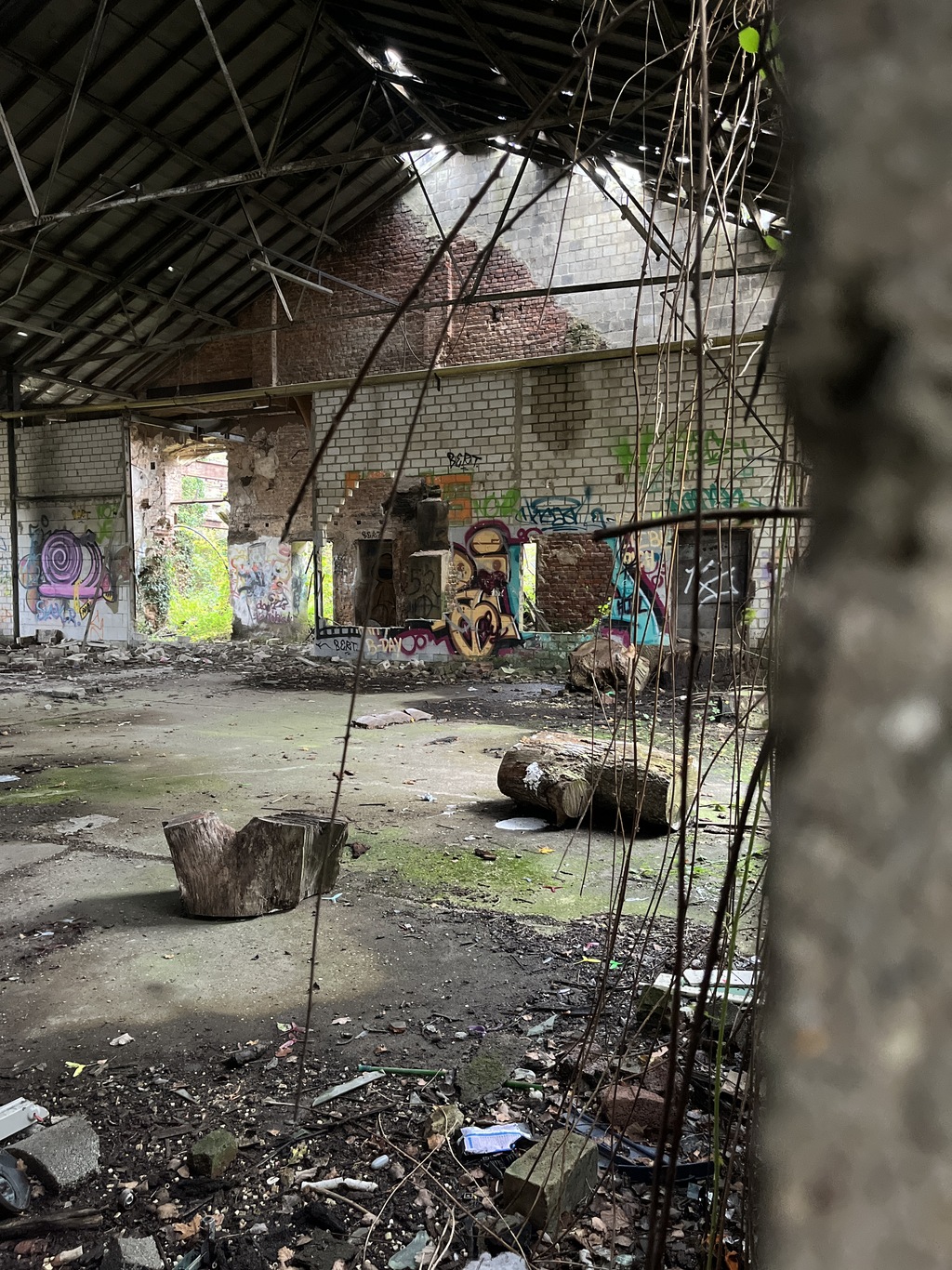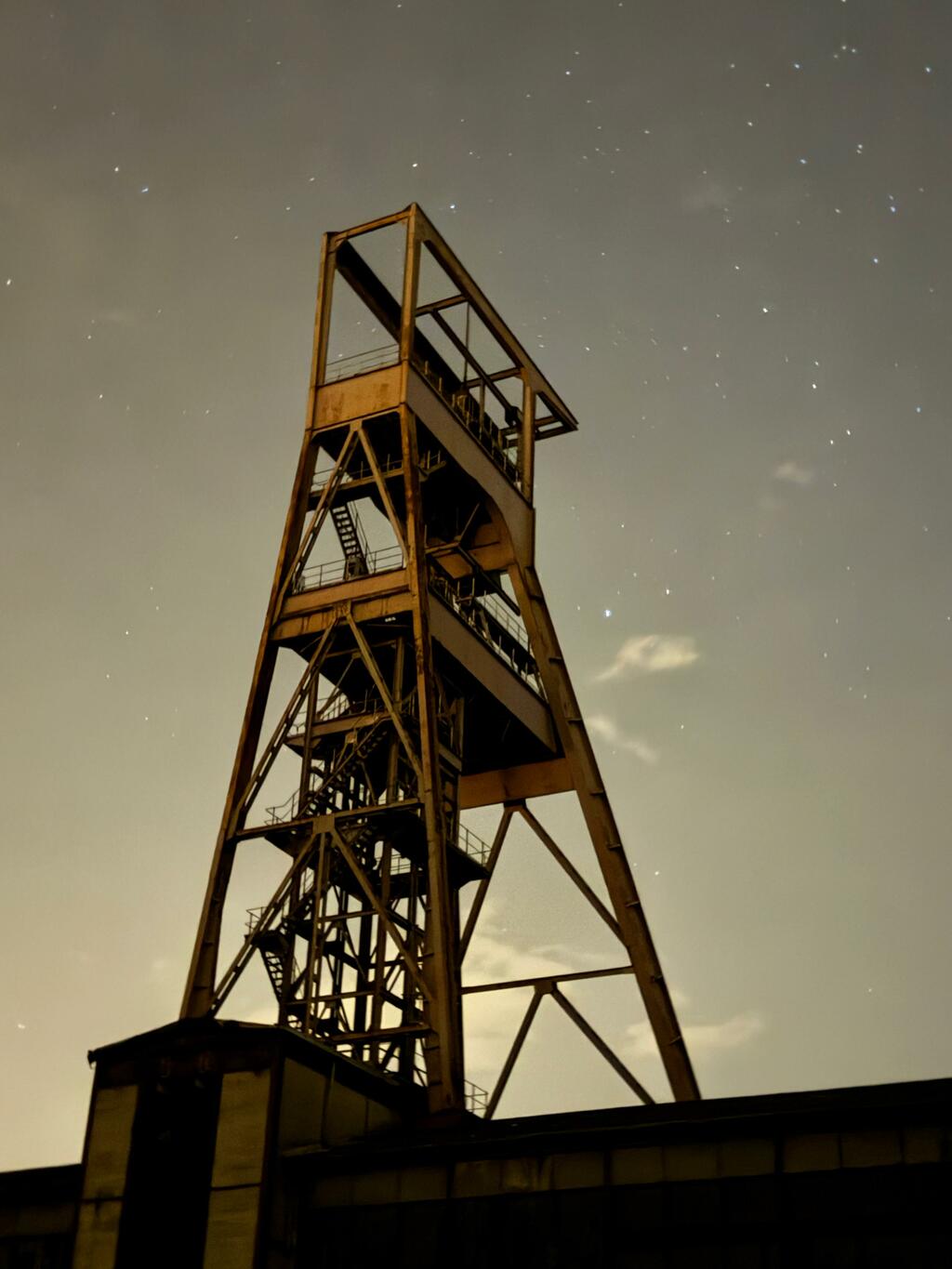The Tile Factory
History:
In 1885, a new industry, the pottery industry, was established in the German-Dutch border area between Schwalm and Nette. One of the basic requirements for this was the existence of a large clay deposit, especially in the communities of Bracht and Brüggen, which offered good roofing tile clay at a not too great depth. The background to the introduction of the roof tile industry was Bismarck's protective tariff legislation, which made it difficult for roof tile manufacturers in the Dutch province of Limburg, some of whom had been working in this industry for almost two decades, to sell their products on the German market. In order to avoid the tariff on finished products, some Dutch companies built branches of their factories on the German side of the border. However, the fact that German entrepreneurs followed this example had a different motive. The former main industry in the border region, home weaving, was expanded through the establishment of mechanical spinning and weaving mills in the Lower Rhine towns of Viersen, Dülken (today the city of Viersen), Mönchengladbach, Krefeld and the surrounding area have been displaced. Since these cities were too far away from the border communities for the daily commute to work, the unemployed weavers only had the alternative between emigrating to the big cities and staying in place, where they and their families could only survive on emergency work, feeding the poor and giving alms eked out a living. The lack of jobs affected the populations of frontier communities, which experienced a loss of 11 to 15 percent between 1880 and 1900 as people migrated to urban communities hoping for better wages. Workers and raw materials for the new industry were therefore available in the border area.
History after 1945 to tody
After the brickworks recovered from the First and Second World Wars, production was better than ever, according to locals and former employees. According to reports, more than a billion bricks were produced here at record rates in one year.After the brickworks recovered from the First and Second World Wars, production was better than ever, according to locals and former employees. According to reports, more than a billion bricks were produced here at record rates in one year. In 1980 the factory was destroyed by fire. A part was rebuilt, but it was much smaller than the original work.In 1980 the factory was destroyed by fire. A part was rebuilt, but it was much smaller than the original work. Things were mediocre until 1995. Until 1995, bankruptcy was finally declared. This factory has been empty since then. There are only a few traces left that give any idea of what was once here. How it was once produced here. Today the work has fallen into disrepair. Nature takes it back piece by piece and vandalists take care of the rest. An impressive and sad lost place at the same time.
Bild: ⒸGerman Urbexer



